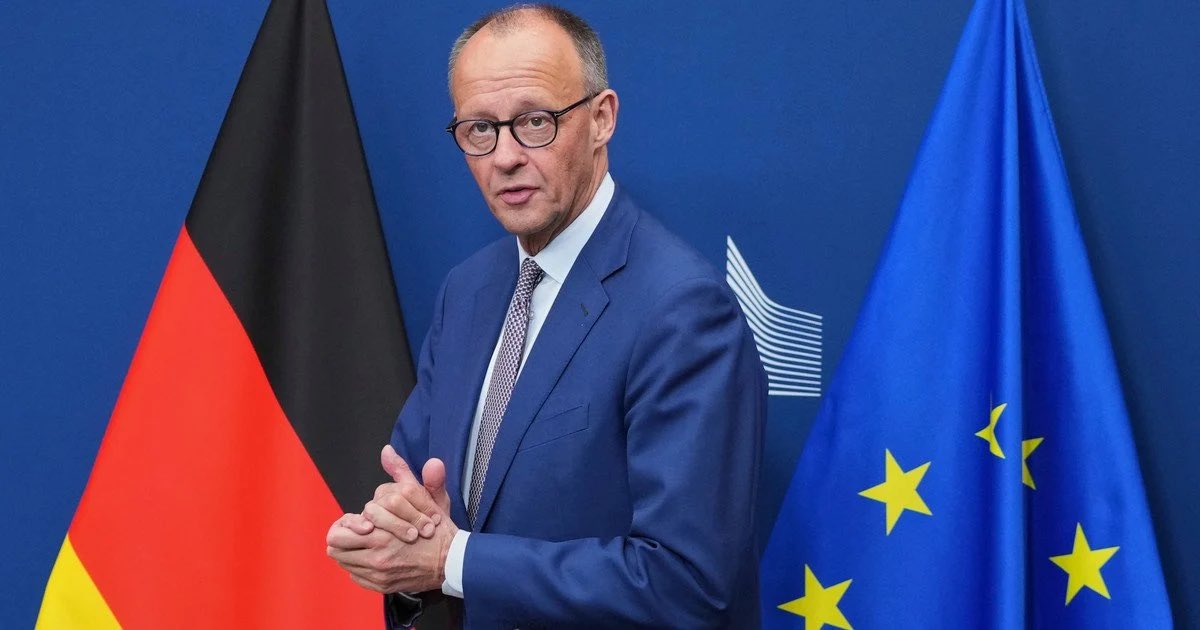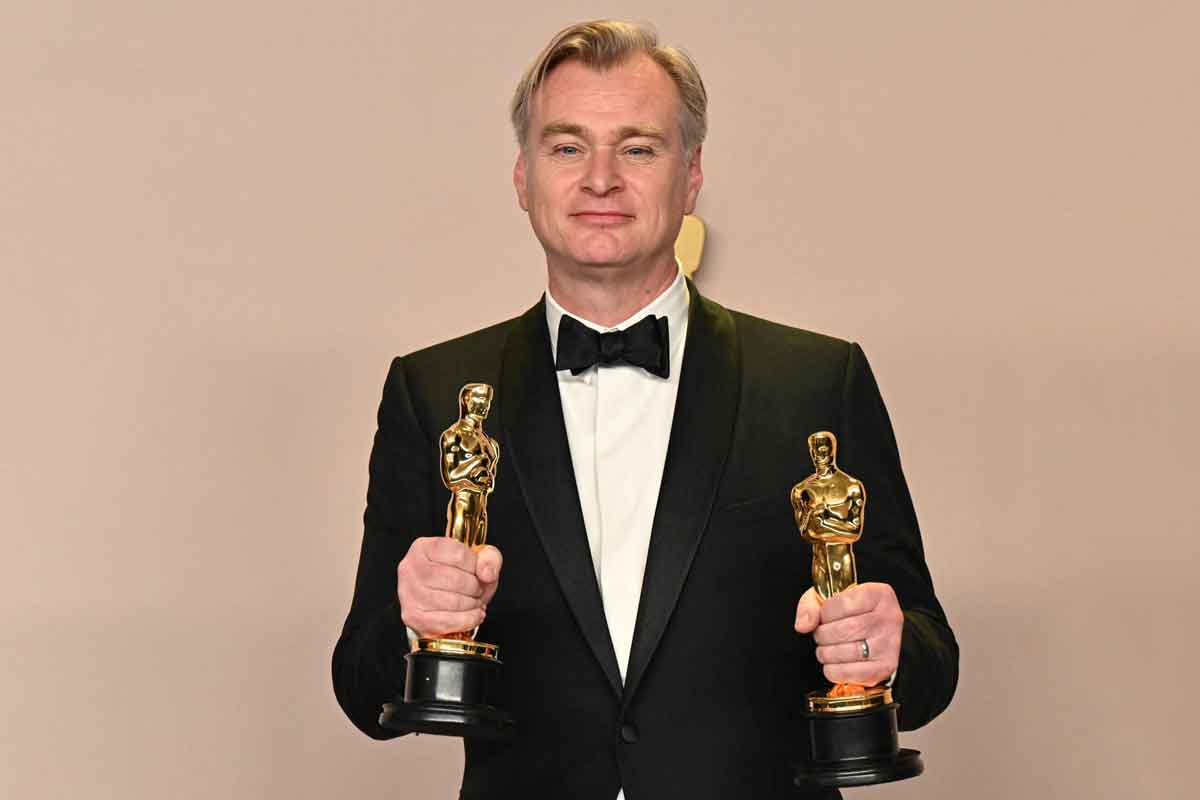Russia’s Ukraine Buffer Zone Plan
Russia has announced plans to create a “security buffer zone” along the border with Ukraine, a move that has drawn strong condemnation from Kyiv and international observers.
Key Aspects of Russia’s “Buffer Zone” Plan:
- Stated Purpose: To establish a “sanitary zone” deep enough to prevent Ukrainian long-range strikes from reaching Russian territory. Putin has asserted that Russian forces are already actively suppressing Ukrainian firing points to facilitate this.
- Targeted Areas: While the exact depth and extent of the buffer zone remain unclear, Russian officials have indicated it would stretch into Ukrainian territory. Some Russian lawmakers have even suggested it should encompass parts of Chernihiv, Sumy, Kharkiv, Dnipropetrovsk, Mykolaiv, and Odesa regions, far beyond the immediate border areas.
- Justification: Russia claims the buffer zone is a defensive measure to safeguard its civilians and infrastructure from cross-border shelling and sabotage, and to allow for the reconstruction of damaged Russian border areas.
3 - Previous Mentions: This isn’t the first time Putin has floated the idea of a buffer zone.
4 He has mentioned it repeatedly since June 2023, often following Ukrainian attacks on Russian border regions.5
Analysis and Implications:
- Offensive Escalation, Not Defensive Adjustment: Analysts widely view this move as an offensive escalation rather than a purely defensive adjustment.
6 It signals a potential shift in Russia’s war goals, moving beyond the “liberation” of regions it already claims to potentially annexing or controlling new areas under a “security” rationale.7 - Expansion of War Goals: The proposal implies a protracted conflict with shifting frontlines and no willingness to revert to pre-February 2022 borders.
8 It contradicts any claims of Russian interest in a peaceful settlement and instead suggests a readiness to expand into new territories. - Impact on Ukraine: Creating such a buffer zone would entail further occupation of Ukrainian territory, displacing more civilians, and intensifying fighting in areas like Kharkiv and Sumy.
9 It would also severely hamper Ukraine’s ability to defend its own territory and respond to Russian aggression. - Geopolitical Ramifications: Pushing deeper into unannexed Ukrainian territory could expose Russian forces to new counteroffensives, stretch supply lines, and exacerbate manpower shortages.
10 It would also likely trigger increased Western aid to Ukraine and potentially intensify fears of spillover or border provocations, bringing Russian troops closer to NATO borders.11 - Undermining Peace Efforts: Ukraine and international observers see Putin’s statements as a clear indication that Russia is not interested in peace negotiations.
12 Kyiv views the buffer zone as a pretext for continued aggression and a rejection of efforts for a full, lasting ceasefire.13 - “Karaganov Doctrine”: Some analysts link the buffer zone concept to the “Karaganov Doctrine,” which envisions Russia surrounded by a belt of destabilized or neutralized territories as a strategic cushion against NATO.
14 - Resource Requirements: Implementing such a buffer zone would require more military resources, expanded weapons production, and further militarization of Russian society to sustain a long-term conflict.
International and Ukrainian Reaction:
- Ukraine’s Stance: Ukraine has vehemently rejected the idea, stating that a buffer zone, if needed, should be on Russian territory.
15 Ukrainian officials assert that Putin’s statements prove he is the main obstacle to peace and call for increased international pressure on Moscow.16 - International Criticism: The move has drawn criticism from international observers as a further escalation of the conflict.
17
In essence, Russia’s announced creation of a “security buffer zone” is widely interpreted as a strategic maneuver to broaden the war, expand its territorial control within Ukraine, and establish a de facto military occupation zone under the guise of security.
–
See Also the Related Gemini Chats:
–
–
–
Articles and Tweets – 10:04 AM 5/23/2025


–
https://t.co/mXVYi2GOcx
News Review #NewsAndTimes #NT #TNT #News #Times #World #USA #POTUS #DOJ #FBI #CIA #DIA #DOD #ODNI #Trump #TrumpNews #TRUMPISTAN #Israel #Mossad #Netanyahu #Ukraine #NewAbwehr #OSINT #Putin #Russia #GRU #Путин #Россия #Bloggers #Opinions #SouthCaucasus
-… pic.twitter.com/1gzG8CiacQ— Michael Novakhov (@mikenov) May 23, 2025
–

